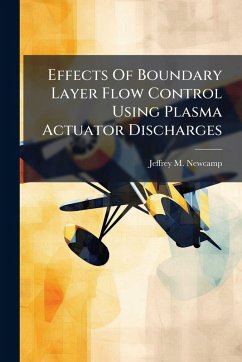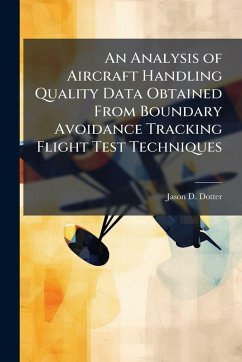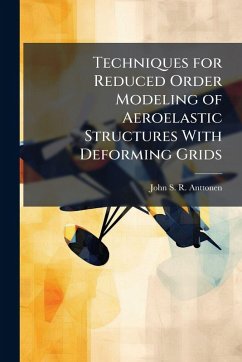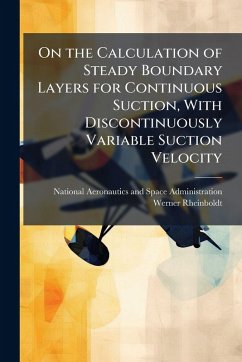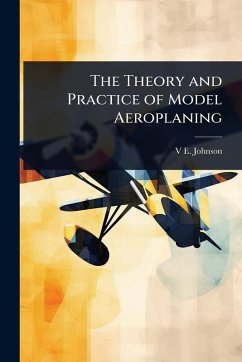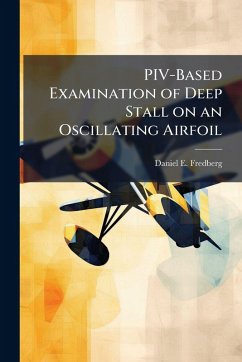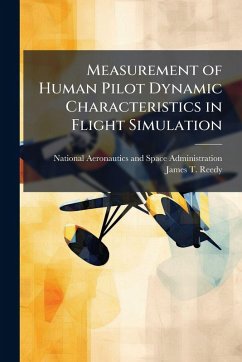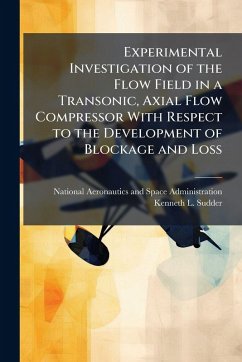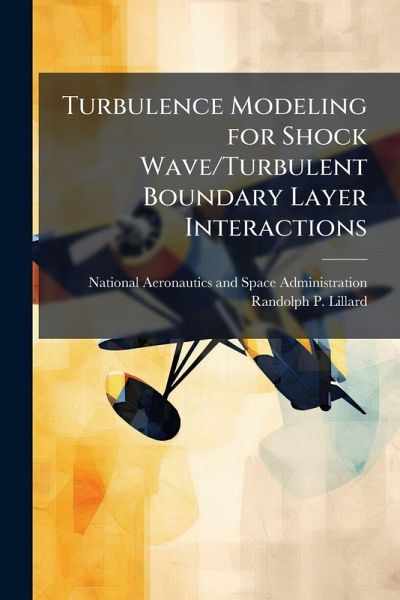
Turbulence Modeling for Shock Wave/Turbulent Boundary Layer Interactions

PAYBACK Punkte
10 °P sammeln!
Accurate aerodynamic computational predictions are essential for the safety of space vehicles, but these computations are of limited accuracy when large pressure gradients are present in the flow. The goal of the current project is to improve the state of compressible turbulence modeling for high speed flows with shock wave / turbulent boundary layer interactions (SWTBLI). Emphasis will be placed on models that can accurately predict the separated region caused by the SWTBLI. These flows are classified as nonequilibrium boundary layers because of the very large and variable adverse pressure gr...
Accurate aerodynamic computational predictions are essential for the safety of space vehicles, but these computations are of limited accuracy when large pressure gradients are present in the flow. The goal of the current project is to improve the state of compressible turbulence modeling for high speed flows with shock wave / turbulent boundary layer interactions (SWTBLI). Emphasis will be placed on models that can accurately predict the separated region caused by the SWTBLI. These flows are classified as nonequilibrium boundary layers because of the very large and variable adverse pressure gradients caused by the shock waves. The lag model was designed to model these nonequilibrium flows by incorporating history effects. Standard one- and two-equation models (Spalart Allmaras and SST) and the lag model will be run and compared to a new lag model. This new model, the Reynolds stress tensor lag model (lagRST), will be assessed against multiple wind tunnel tests and correlations. The basis of the lag and lagRST models are to preserve the accuracy of the standard turbulence models in equilibrium turbulence, when the Reynolds stresses are linearly related to the mean strain rates, but create a lag between mean strain rate effects and turbulence when nonequilibrium effects become important, such as in large pressure gradients. The affect this lag has on the results for SWBLI and massively separated flows will be determined. These computations will be done with a modified version of the OVERFLOW code. This code solves the RANS equations on overset grids. It was used for this study for its ability to input very complex geometries into the flow solver, such as the Space Shuttle in the full stack configuration. The model was successfully implemented within two versions of the OVERFLOW code. Results show a substantial improvement over the baseline models for transonic separated flows. The results are mixed for the SWBLI assessed. This work has been selected by scholars as being culturally important, and is part of the knowledge base of civilization as we know it. This work was reproduced from the original artifact, and remains as true to the original work as possible. Therefore, you will see the original copyright references, library stamps (as most of these works have been housed in our most important libraries around the world), and other notations in the work. This work is in the public domain in the United States of America, and possibly other nations. Within the United States, you may freely copy and distribute this work, as no entity (individual or corporate) has a copyright on the body of the work. As a reproduction of a historical artifact, this work may contain missing or blurred pages, poor pictures, errant marks, etc. Scholars believe, and we concur, that this work is important enough to be preserved, reproduced, and made generally available to the public. We appreciate your support of the preservation process, and thank you for being an important part of keeping this knowledge alive and relevant.



